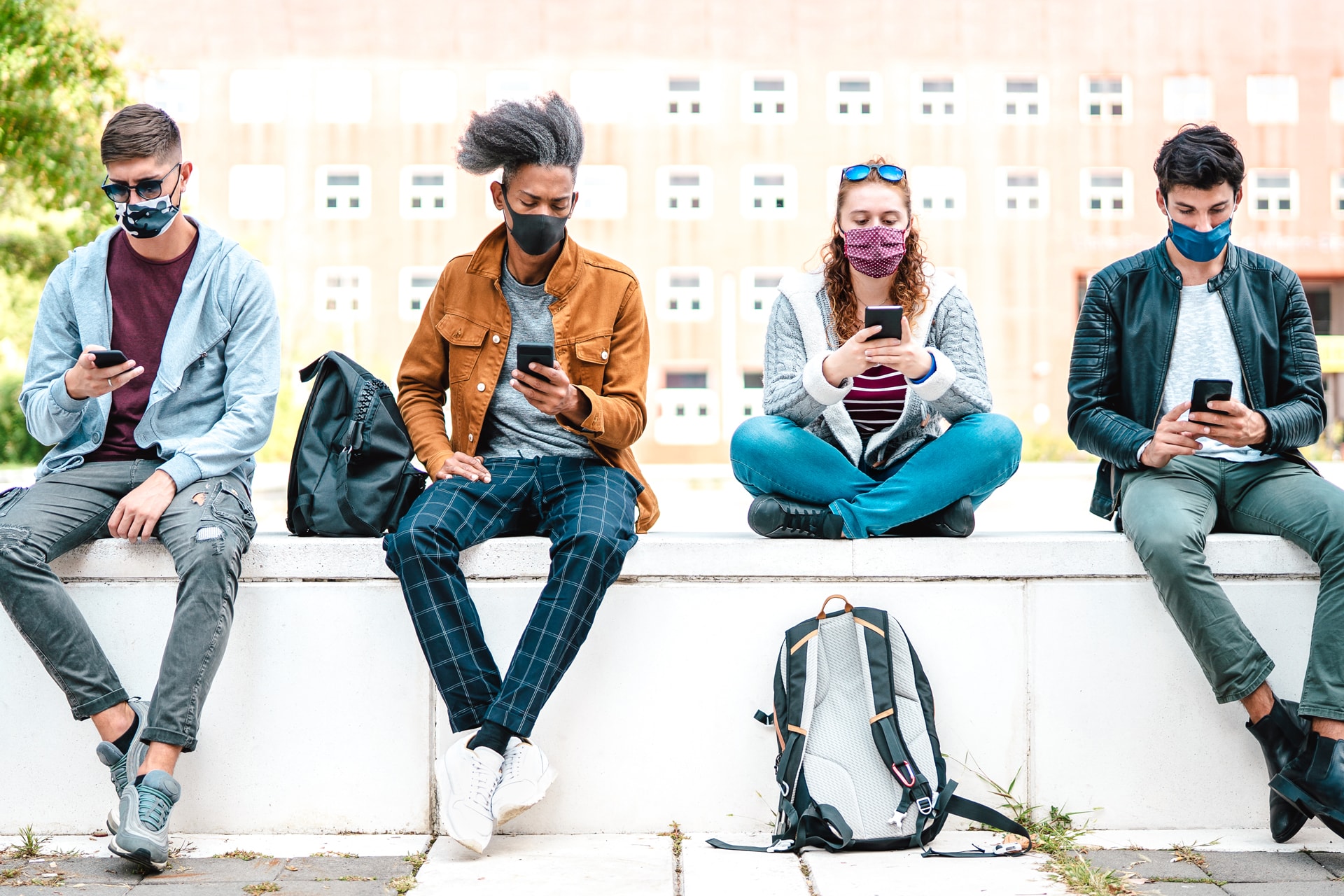Even if science was your favorite subject in school, it’s hard to keep track of the constantly updating Covid-19 statistics and charts.
And as science class taught us, there is a flurry of factors that can ultimately contribute to you being exposed to or contracting a contagious virus like Covid-19. For school district officials, trying to navigate and effectively implement safety protocol can be extremely daunting. Maybe your school district is fully remote or phasing back into hybrid learning. Perhaps students and parents are signing attendance waivers based on what works for their family. Or if you’re in Manhattan, maybe your school is one that resumed full-time in-person learning at the start of this week. Schools Chancellor Richard Carranza said not only are masks, proper disinfecting, and PPE continuing to be enforced but additionally, students must have signed testing consent forms on file to allow their in-person participation. But with policies, procedures, and infection rates constantly fluctuating, many New York officials and local school board member’s heads are spinning. What legal liabilities surround reopening school doors, and how can you be prepared?
Our schools are a second home for kids of all ages, providing crucial socialization, emotional and educational support, nutritious meals, and physical fitness opportunities.
While districts are taking steps to mitigate the risk of Covid-19 spread, some students and faculty are bound to come in contact with an infected individual, either in or outside of the classroom. It’s challenging to pinpoint in-person learning as the main culprit, but schools are already facing legal challenges from parents. While each case is unique in circumstance, it’s important to stay vigilant and protected. Most school districts have general liability insurance, which does not cover communicable diseases like Covid-19. Individual states offer some immunity defenses that could shield schools from lawsuits, but, according to Loretta Worters of the Insurance Information Institute, there’s nothing clear-cut about how it would apply to the coronavirus. As a result, some insurers are offering riders on policies to extend liability coverage for the virus — at an additional cost. Some school districts opting for extended coverage will pay between $5,000 and $150,000 for the added protection. Some lawmakers are advocating to protect schools from being targeted, including New York Assemblywoman Marjorie Byrnes, R-Caledonia, who has introduced A.11025 in the Assembly. It states that in-person schools will not be liable for damages if someone contracts Covid-19 as long as they are compliant with state reopening guidelines outlined by the state Education and Health departments, as well as guidelines from Gov. Andrew Cuomo’s office. The National School Boards Association; AASA, The School Superintendents Association; the Association of Educational Service Associations; and the Association of School Business Officials International are lobbying federal lawmakers to include “targeted liability coverage” in a potential second Covid-19 stimulus bill.
Before you turn to increasing insurance options or shy away from resuming in-person classes, you can take smart safety steps.
Host weekly briefings so faculty can voice concerns or share safety tips, and everyone can stay informed on the latest local data tracking Covid-19 outbreaks in your community. Regularly reevaluate policies and procedures to protect your students and staff, and communicate to parents about changing plans with written documentation, to ensure you are following recommended safety measures. As you know, there is no one size fits all answer. Each district needs to follow local and state guidelines as virus infection rates and hospitalization rates fluctuate. If officials are acting reasonably and taking smart, calculated measures to ensure safety, districts will be set up for success and continued community support. We recommend visiting the CDC’s website plan and response section covering school reopening indicators here. Want to discuss your school’s safety strategy? Contact our dedicated team members today.


